The theme of the 123rd Dentsu Inc. Design Talk, held on December 2, 2014, was "Designing Everything About Things." What are the thought processes and project approaches of those who create projects freely, unconstrained by the domain of advertising? Three individuals—Hima Furuta, creator of " Marunouchi Morning University" and "Roppongi Farm"; Kentaro Shibaku, who tackles corporate challenges and social issues at the creative boutique "GLIDER " where experts from diverse fields gather; and Koichiro Toda, an art director at Dentsu Inc. who extends the concepts of design and art direction into product development and urban planning—shared their achievements and concerns. We present the content in two parts.
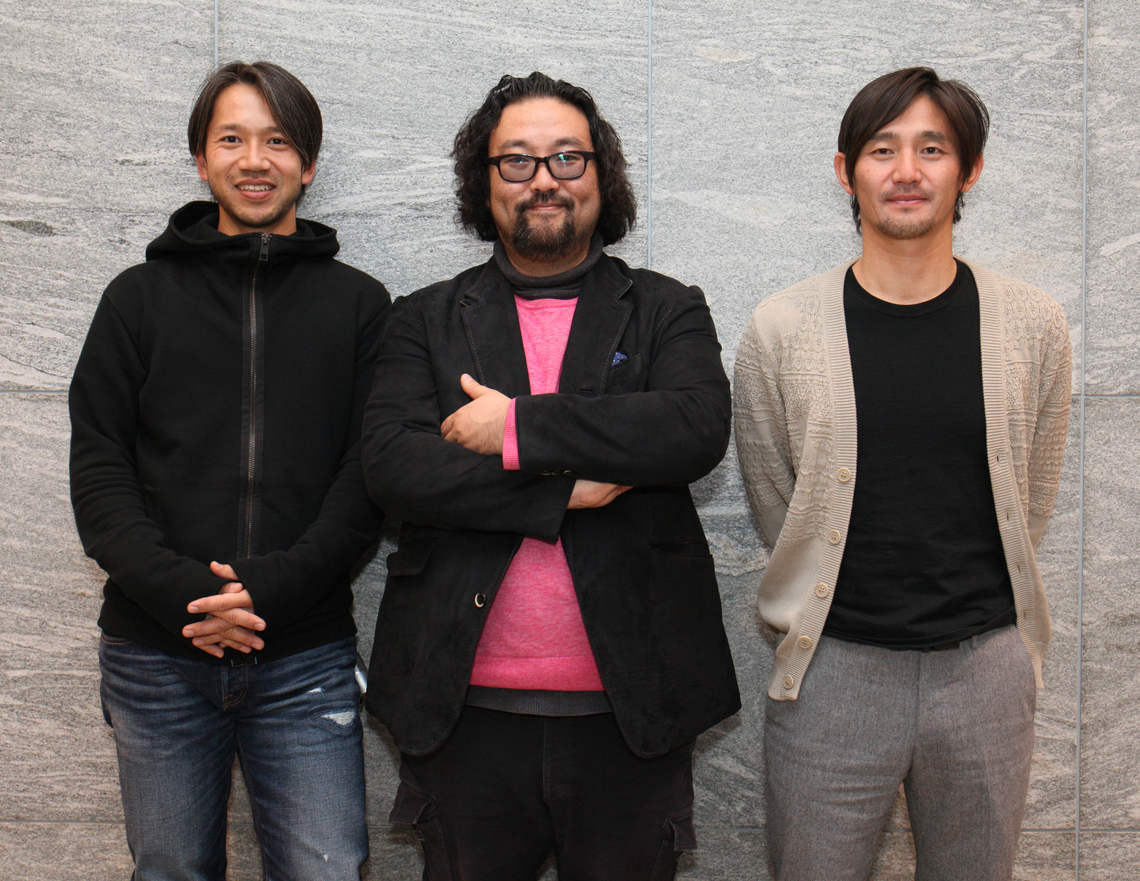
Starting from the upstream of things and aiming for output
Toda: While the title "Designing Everything" sounds grand, we are friends and work colleagues. Over the past few years, we've met through our shared approach of pioneering projects from their very origins and aiming for tangible outputs. Several hot projects set to launch this year are currently in progress.
Shiro: The project we're all involved in is the Sendai City Subway Tozai Line, scheduled to open this winter. Under the concept of "A Subway Made by Everyone, for Everyone," we're building the subway into "more than just a vehicle" through three pillars: "WE SCHOOL" to train citizen producers, "WE STUDIO" where citizen producers implement projects, and "WE TUBE," the digital signage installed on the Tozai Line. We're tackling this with the ambition of participating in city development, going beyond just opening promotions for the subway.
Toda: Should we explain our individual roles here? Shibata-kun is the Creative Director, originally a CM planner. I specialize in art direction, but lately, like with the Sendai Subway project, I've been taking on more creative direction work for broader city development and product development than just advertising.
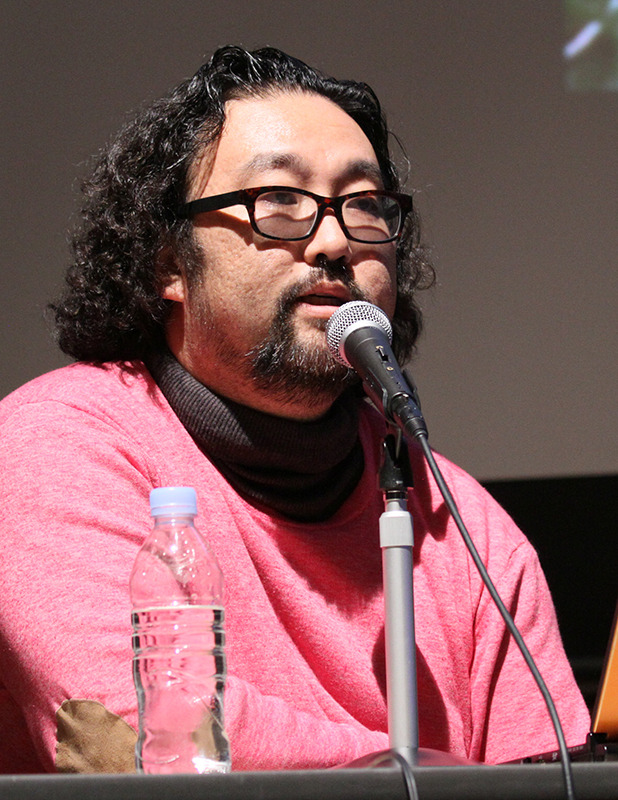 |
|
Furuta: Toda-san handles all the graphic design for the Sendai Subway, including the logo mark. What's truly impressive is how flexible he is in his approach while still delivering solid output. My role is to create projects that solve societal issues and propose them to the world. A prime example is the "Marunouchi Morning University." Now in its ninth year, it continues to be frequently featured in media under the "morning activity" angle. The core principle of my projects is to create new societal values using everything that already exists—without building anything new or destroying anything. Simply making a great product and making it look cool isn't enough to get the message across these days. Conversely, just working hard locally as an NPO also struggles to make an impact. You need creativity, system design, and communication to convey it—and I think that's what today's theme, "Designing Everything," is all about.
Keyword ① "Regional Revitalization"
Toda: Now that we've finished introductions, shall we move on? Today we've brought 12 keywords that are currently on our minds. Which one should we choose?
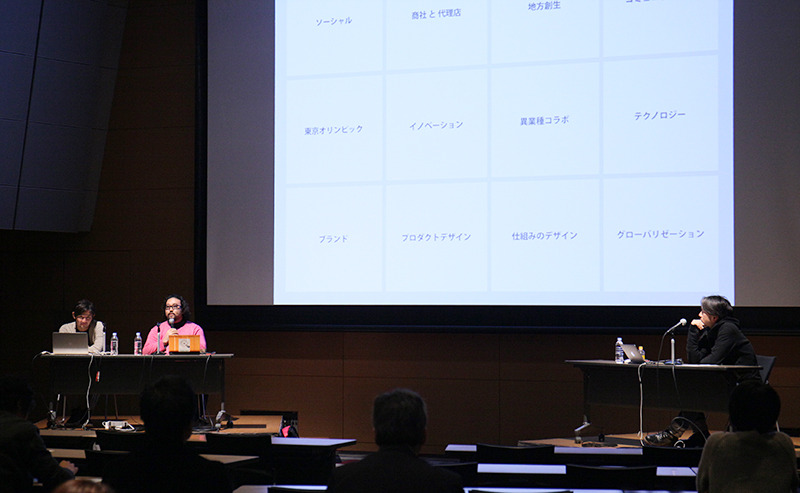
Furuta: Let's go with "Regional Revitalization." We're currently advancing the "Kirin Kizuna Project: Supporting Recovery" with Kirin Beer. This initiative began with Kirin Beer aiming to connect producers in Tohoku with consumers. It has two pillars: cultivating leaders among agricultural managers in Tohoku, and simultaneously training recovery producers in Tokyo. The crucial aspect of regional revitalization isn't just creating jobs. It's creating managers who can generate employment. This project focuses on developing the core human resources for regional revitalization, such as organizing tours for Tohoku's agricultural managers to observe the latest farming practices in the Netherlands. A key point is that it operates entirely without government subsidies, realized as Kirin Beer's CSV initiative. By creating a robust CSV (Creating Shared Value) platform rather than simple CSR (Corporate Social Responsibility), the project becomes self-sustaining and enables collaboration between companies. I believe the project highlights how important it is for companies to envision a shared future with local communities.
| |
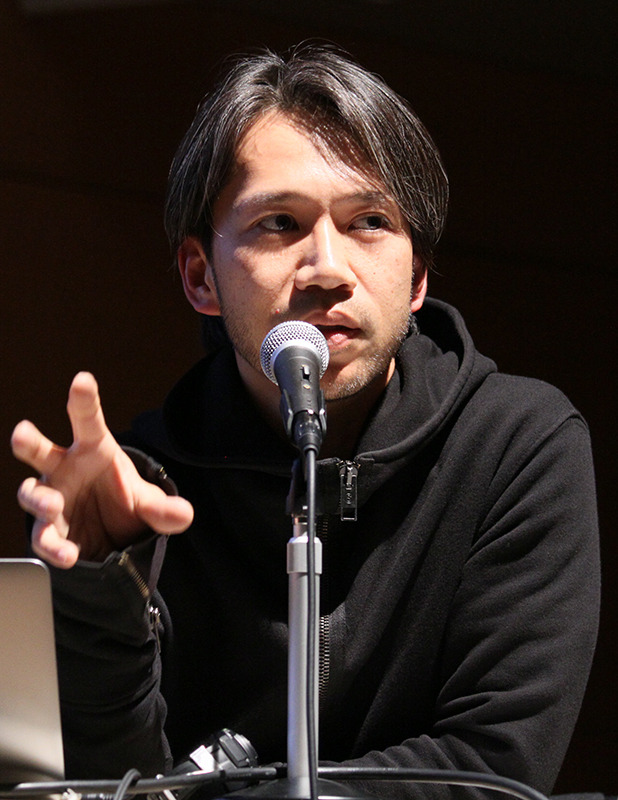 |
Toda: What are the outcomes for Kirin Beer in this project?
Furuta: Specifically, by collectively branding the produce of Padron, a Tono-based producer of Spanish shishito peppers participating in this project, we achieved phenomenal sales across all Kirin City stores. These peppers surpassed edamame orders as a beer snack.
Since this project began with the goal of Tohoku recovery, the very fact that more and more people are thriving in Tohoku is itself an outcome. We use the term "SR" (Social Reputation) rather than "PR." In 2013, Kirin Brewery ranked first in the image rankings for corporate social contribution supporting disaster-affected areas. Such positive image also aids in talent acquisition. Research is currently active in the U.S. on what KPIs (Key Performance Indicators) are most suitable for measuring social contribution and CSV (Creating Shared Value).
Shiro: So corporate budget allocation is changing.
Furuta: Companies are likely considering how to communicate their message without relying solely on traditional advertising budgets. While many government officials are currently enthusiastic about "regional revitalization," simply replicating existing ideas like World Heritage sites, mascot characters, or B-grade gourmet food won't be sustainable. It's crucial to think from the perspective of "Why are we doing this?" and "What message do we want to convey?"
Keyword ② "Technology"
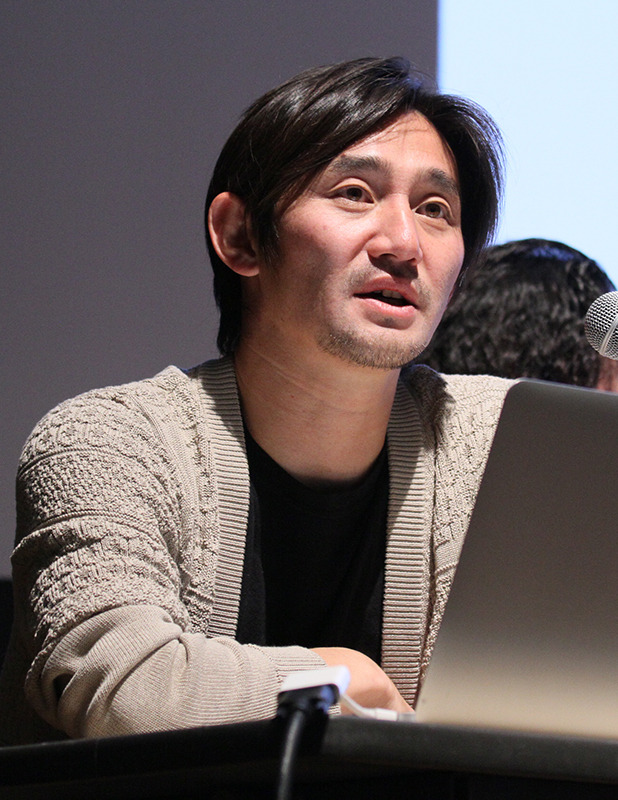 |
|
Shiro: I choose "Technology." The au "FULL CONTROL TOKYO Surprise Becomes Commonplace." campaign was planned based on a request to showcase au's advanced capabilities and elevate the corporate image. We designed the visuals and campaign by working backwards from the question: What technology could we use to delight and surprise everyone? First, we thoroughly researched smartphones. Current smartphones utilize only about 5% of their potential capabilities. We aimed to uncover untapped functions within the remaining 95%. Our focus landed on the smartphone's remote controller function. Using this capability to control any electrically powered device, we aired a TV commercial where a smartphone controlled city lights. Anticipating negative reactions like "It's probably just CG," we timed an event to coincide with those online reactions, letting people experience what was actually possible. We then featured the amazed participants in the commercial, creating an infinite loop between the ad and the event.
Toda: It's fascinating how you built the story anticipating viewer reactions. I myself initially thought it was CG too, but once I knew it was real footage, everything I saw started to feel genuinely possible.
Furuta: With technology capable of anything, I feel it really tests what you can actually do and what you want to convey. Personally, whenever new technology emerges, I have a habit of always thinking about its polar opposite. I believe truth lies in things that swing the other way from technology – like agriculture or early rising. When the diet boom sparked by metabolic syndrome screenings hit, I launched "D30," a lifestyle magazine for plus-size people, with the concept "It's okay to be fat." Within two hours of launch, it made Yahoo's top news, got 200,000 hits on the first day, and received sponsorship offers from over 30 companies. The more society flows in one direction, the more I feel something interesting lies in the opposite direction.
Shihaku: Did you actually create anything derived from the site?
Furuta: We discussed creating dedicated carriages for overweight people, with extra-strong air conditioning, and all the hanging strap ads featuring meat products... Back then, we even proposed calling people who still didn't accept their weight, those around 80-100kg, the "D1 demographic" instead of the "F1 demographic"... This has absolutely nothing to do with technology, though (laughs).
※Part 2 scheduled for publication on Saturday, January 10
You can also read the interview here on AdTae!
Planning & Production: Dentsu Inc. Event & Space Design Bureau, Aki Kanahara










